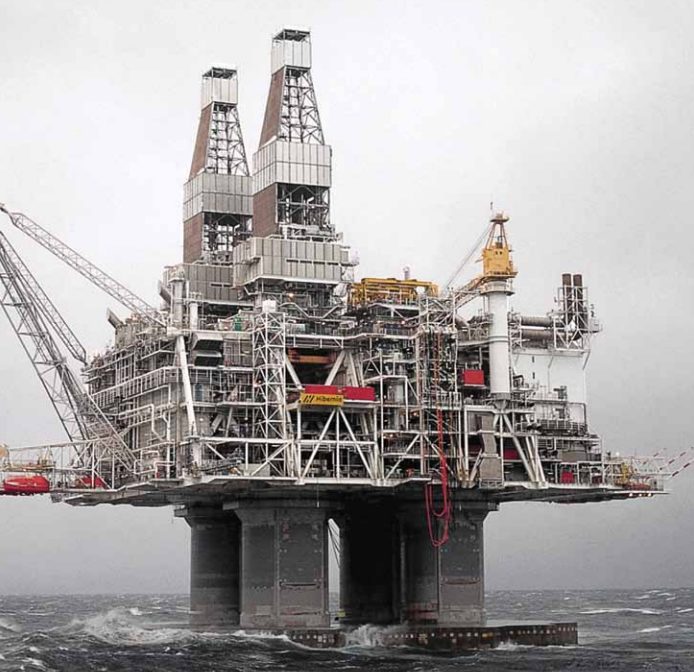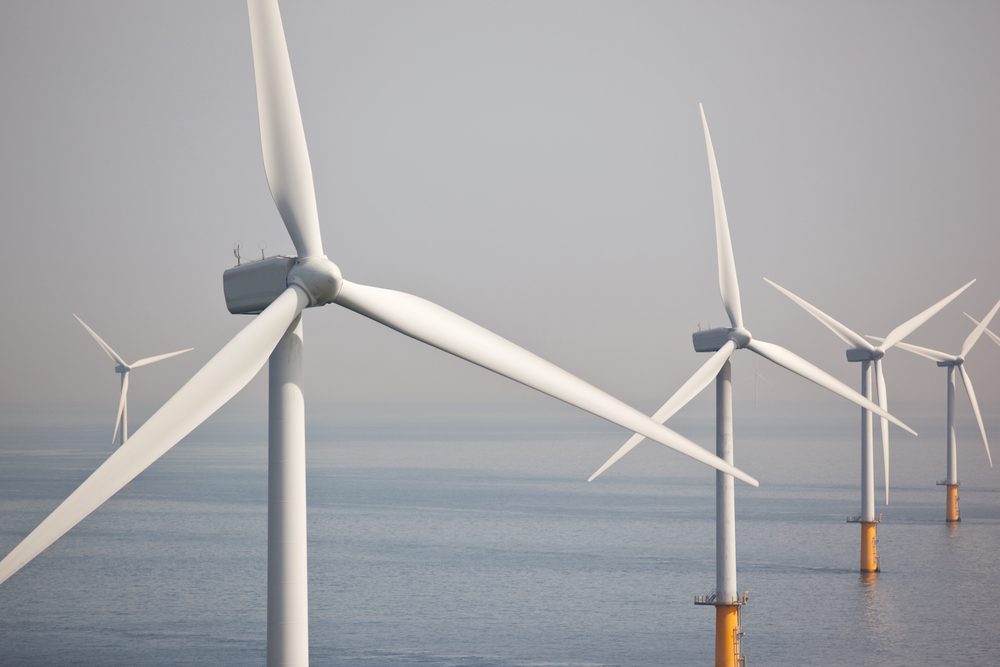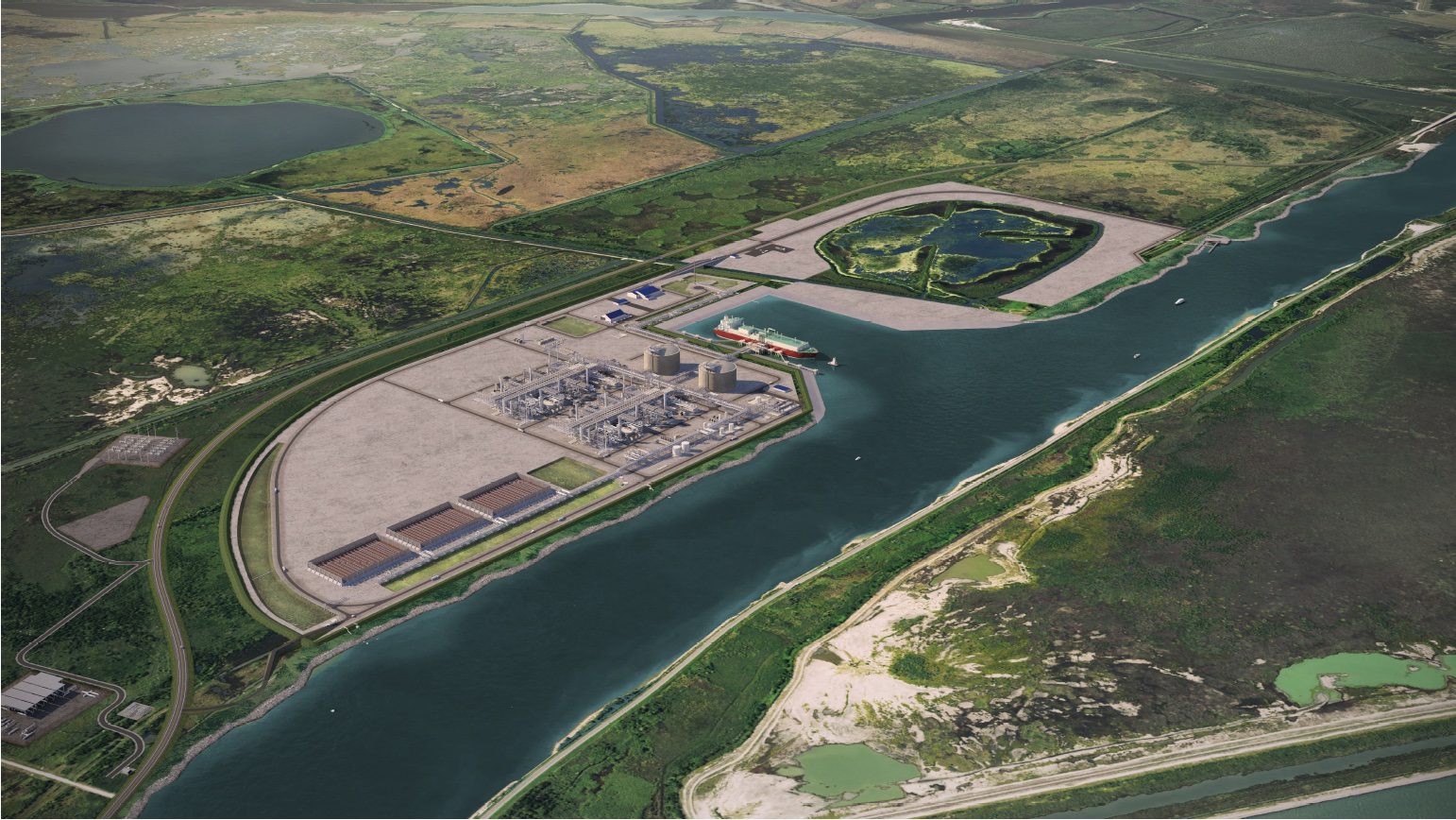Hibernia, the world’s largest offshore platfom, one that is able to withstand the impact of a one million ton iceberg. The field is located in the Grand Banks, 315 kilometers east-southeast of St. John’s, Newfoundland and Labrador. Image: ExxonMobil
ExxonMobil Corp. (XOM) will spend $14 billion to develop the Hebron oil field offshore Newfoundland and Labrador, a project it expects to yield 700 million barrels of oil, the company said Friday.
Exxon’s announcement underlines how major oil producers are returning their attention to North America after years of searching for oil in the Middle East, Africa and other regions. New drilling technology has allowed ExxonMobil, ConocoPhillips (COP) and other companies to make major discoveries in shale formations in Canada and the U.S., and those same companies are now increasingly turning their attention to fields off the continent’s shores.
Exxon said production will start in 2017 and should eventually reach 150,000 barrels of oil a day. The Irving, Texas, company will own through a subsidiary a 36% share in the project, with Chevron Corp. (CVX), Suncor Energy Inc. (SU), Statoil ASA (STO) and Nalcor Energy and Gas also holding stakes.
Though the U.S. hasn’t allowed oil drilling off the coast of the Atlantic for decades, the Atlantic floor has proven fertile for those seeking reserves off Canada.
Earlier this year, Royal Dutch Shell PLC (RDSA, RDSA.LN) said it would spend $1 billion to explore Atlantic waters off the province of Nova Scotia. Around 40% of the nominal gross domestic product of Newfoundland and Labrador comes from the energy and resources sector, according to figures from the Canadian government.
“North America is beginning to look like the hottest place on Earth now, both onshore and offshore,” said Oppenheimer senior energy analyst Fadel Gheit. “Eastern Canada is definitely underexplored.”
The drilling will take place more than 200 miles southeast of the provincial capital of St. John’s, in about 300 feet of water. Exxon said it will use a stand-alone, gravity-based structure designed to withstand the sea ice that makes drilling on Canada’s Atlantic coast hazardous.
The governments of Canada and Newfoundland and Labrador approved the project in May.
Exxon shares recently traded at $88.77, up 22 cents.
Write to Ben Lefebvre at [email protected] and Alistair MacDonald at [email protected]
(c) 2013 Dow Jones & Company

 Join The Club
Join The Club











